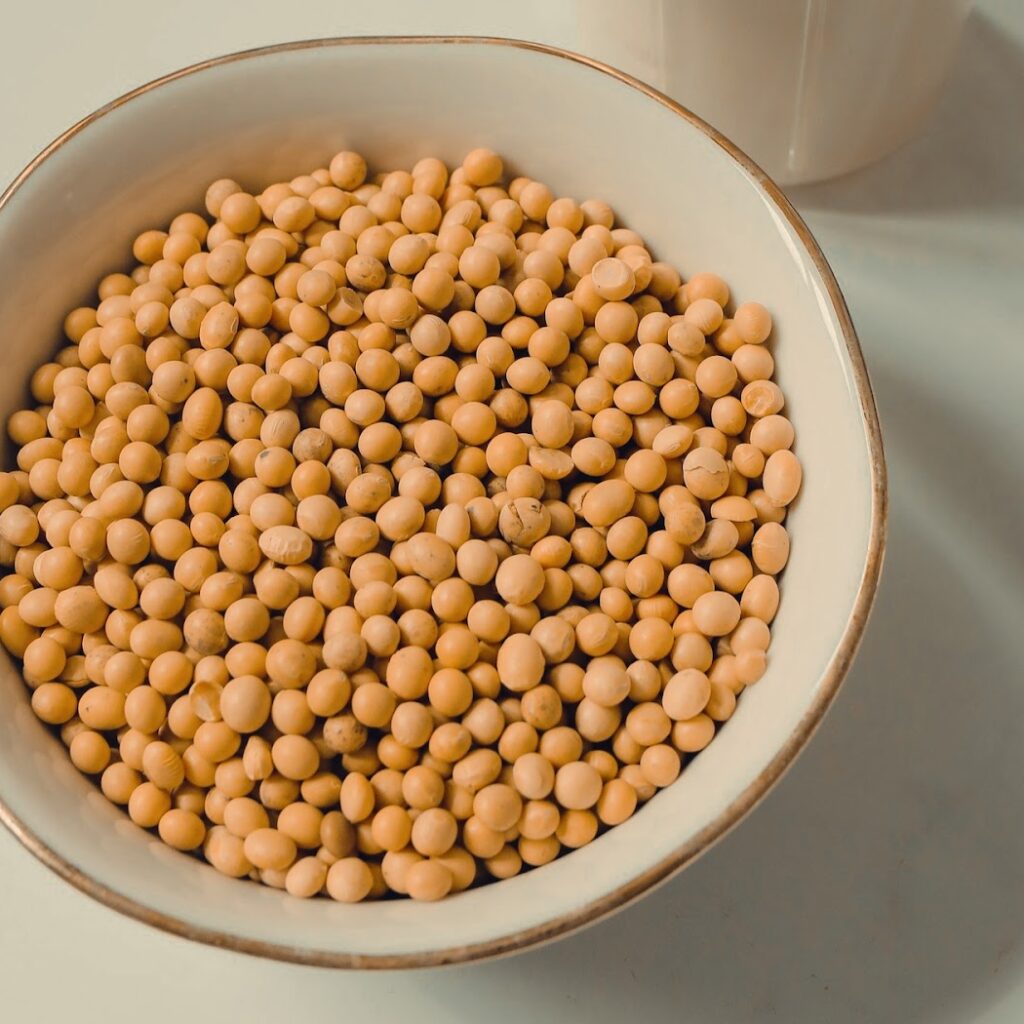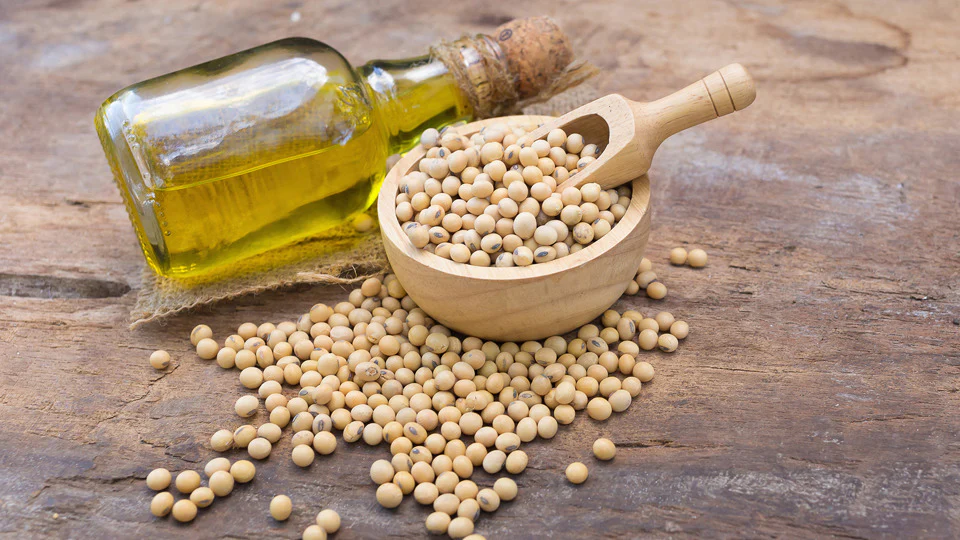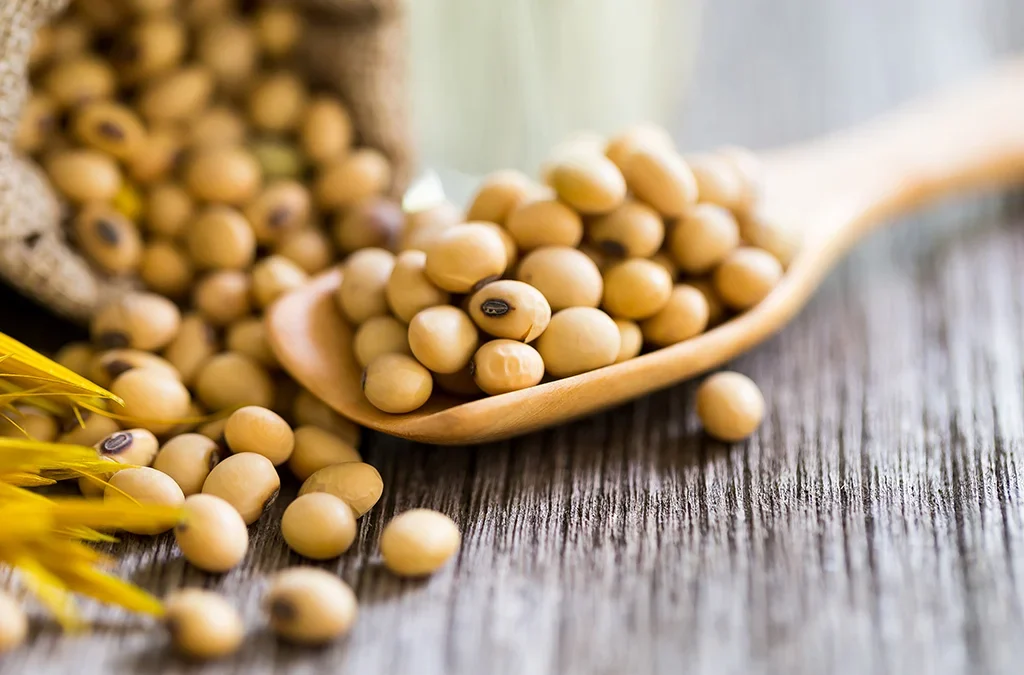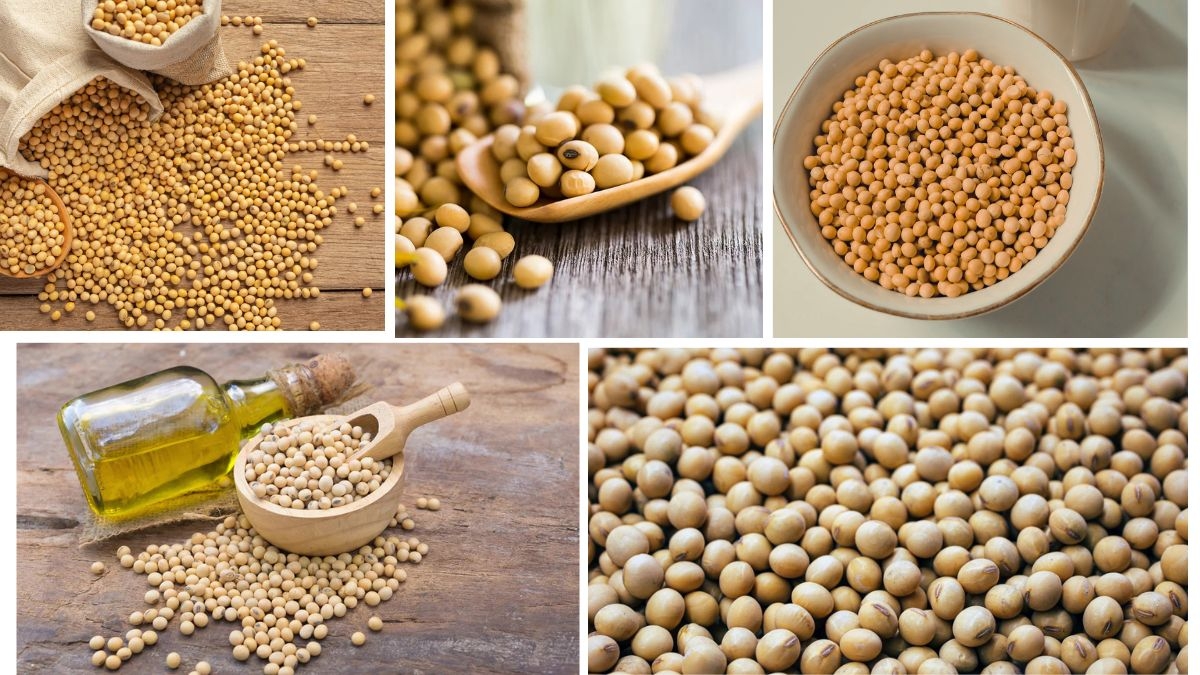Lecithin, a naturally occurring fatty substance found in plant and animal tissues, is one of the most vital emulsifiers and stabilizers used in a wide array of industries. From chocolate and baked goods to pharmaceuticals, cosmetics, and dietary supplements, lecithin plays a silent but powerful role in enhancing texture, solubility, and nutrient absorption.
As global demand for plant-based ingredients, functional foods, and nutraceuticals grows, the market for lecithin is experiencing unprecedented expansion. Among all producing countries, the United States of America stands as the largest lecithin producer in the world, owing to its massive soybean production, technological innovation, and strong export infrastructure. This article provides a detailed and informative look into lecithin’s production, uses, and the strategic position of the U.S. in the global lecithin industry.
What Is Lecithin?

Lecithin is a mixture of phospholipids and oils found in animal and plant tissues. It acts as an emulsifier—meaning it helps blend ingredients that typically do not mix, like oil and water.
Common Sources of Lecithin
- Soybeans (the most common commercial source)
- Sunflower seeds
- Rapeseeds (canola)
- Egg yolks
- Corn
Lecithin can be extracted mechanically or chemically and is typically used in either liquid, powder, or granule form. It is classified as safe for consumption by food safety authorities like the U.S. FDA and the European Food Safety Authority (EFSA).
Applications of Lecithin

1. Food Industry
- Emulsifies chocolate and margarine
- Prevents separation in salad dressings and sauces
- Improves texture in baked goods
- Enhances shelf life and moisture retention
2. Pharmaceuticals
- Used in liposomal drug delivery systems
- Aids in the encapsulation of medications
- Acts as a stabilizer in injectable formulations
3. Cosmetics
- Used in creams, lotions, and makeup for hydration and texture
4. Nutraceuticals and Supplements
- Popular as a dietary supplement for brain health, liver support, and cholesterol reduction
5. Industrial Uses
- Lubricants, paints, and animal feed formulations
Global Lecithin Market Overview

The global lecithin market was valued at approximately USD 1.5 billion in 2024, and it is expected to surpass USD 2.2 billion by 2030. Growth is driven by rising health consciousness, increased demand for natural and allergen-free ingredients, and expansion in clean-label products.
Lecithin is in particularly high demand in North America, Europe, and Asia-Pacific, where processed food, pharmaceuticals, and cosmetics markets are booming.
The United States: The Largest Lecithin Producer in the World

Why the U.S. Leads in Lecithin Production
The United States is the world’s leading lecithin producer for several compelling reasons:
1. Massive Soybean Production
- The U.S. is the second-largest soybean producer globally (after Brazil), with an annual output exceeding 120 million metric tons.
- Lecithin is a byproduct of soybean oil extraction, making the U.S.’s abundant soybean harvest a primary source for lecithin manufacturing.
2. Advanced Processing Infrastructure
- The U.S. is home to some of the world’s largest oilseed crushers and lecithin refiners.
- Companies use cutting-edge technology for extraction, purification, and standardization, producing food-grade and pharmaceutical-grade lecithin.
3. Key Lecithin Producers in the U.S.
- Cargill Inc.
- ADM (Archer Daniels Midland)
- Bunge North America
- Lipoid LLC
- DuPont (now part of IFF)
These companies export lecithin globally and provide customized lecithin solutions across different industries.
4. Export Powerhouse
- The U.S. exports soy lecithin to more than 80 countries, including China, India, Germany, Japan, and Brazil.
- U.S. lecithin is in demand due to its high quality, non-GMO options, and regulatory compliance with international food and pharma standards.
Production Process of Lecithin in the U.S.

Lecithin is typically extracted during the degumming stage of soybean oil processing. Here’s how the process works:
- Oil Extraction: Soybeans are crushed and pressed to extract crude soybean oil.
- Degumming: Water or steam is added to separate phospholipids (lecithin) from the oil.
- Purification: Lecithin is further filtered, sometimes bleached or enzyme-treated for improved functionality.
- Standardization: Lecithin is blended or mixed to meet specific industry specifications.
- Drying and Packaging: It is then dried, powdered (if needed), and packed for sale.
U.S. producers also offer non-GMO, organic, and allergen-free varieties of lecithin, which are increasingly demanded by food manufacturers and health-conscious consumers.
Economic Significance of Lecithin in the U.S.
- Job Creation: The lecithin sector supports thousands of jobs in agriculture, food processing, and logistics.
- Export Revenue: Lecithin is a high-margin byproduct that enhances profitability for soybean oil producers.
- Sustainability: By utilizing a byproduct of soybean oil, the lecithin industry adds value and reduces waste in agricultural processing.
Other Major Lecithin Producing Countries
While the U.S. leads the pack, other countries also play significant roles in the global lecithin industry:
1. Brazil
- The largest soybean producer in the world.
- A major exporter of crude and refined lecithin.
- Growth is strong, but processing is often less standardized than in the U.S.
2. India
- An emerging producer of non-GMO soy lecithin.
- Exports mainly to Europe and Asia.
- Also exploring sunflower lecithin production for allergen-free markets.
3. China
- A large consumer and regional processor.
- Relies heavily on imported soybeans from the U.S. and Brazil.
- Domestic production is increasing but still catching up in quality and purity levels.
4. Argentina
- Another major soybean-growing country.
- Produces crude lecithin but exports much of it for refining elsewhere.
Lecithin Market Trends and Innovations
1. Clean Label and Non-GMO Products
- Demand for non-GMO soy lecithin has skyrocketed, especially in Europe and North America.
- U.S. producers are leading in organic lecithin offerings.
2. Sunflower Lecithin
- A hypoallergenic alternative to soy lecithin.
- Becoming more popular, but production volumes are much lower.
- The U.S. and EU are investing in sunflower lecithin development.
3. Pharmaceutical-Grade Lecithin
- U.S. companies are refining high-purity lecithin for use in liposomes, injectables, and cosmetic formulations.
- This niche market is lucrative and expanding.
4. Lecithin in Nutraceuticals
- Popular in brain health supplements (choline source).
- Used in liver detox and cardiovascular health formulations.
- U.S. companies dominate this functional market segment.
Challenges in Lecithin Production
Despite its growth, the industry faces certain challenges:
- Fluctuating soybean prices due to weather and global trade tensions.
- Labeling concerns regarding allergenicity of soy-based products.
- Regulatory complexity in exporting to the EU and other markets.
- Rising competition from sunflower and canola lecithin producers.
Conclusion
The United States is the largest lecithin producer in the world, commanding a dominant share of the global market due to its unmatched soybean output, advanced processing technologies, and high-quality standards. From food to pharmaceuticals and cosmetics, U.S.-made lecithin plays a foundational role in modern product formulations across industries.
With growing trends toward plant-based ingredients, non-GMO standards, and clean-label products, the lecithin industry in the U.S. is not only thriving but also innovating. As international demand continues to grow, particularly for specialized and high-purity lecithin products, the U.S. is poised to maintain its leadership and expand its footprint globally.







Leave A Comment